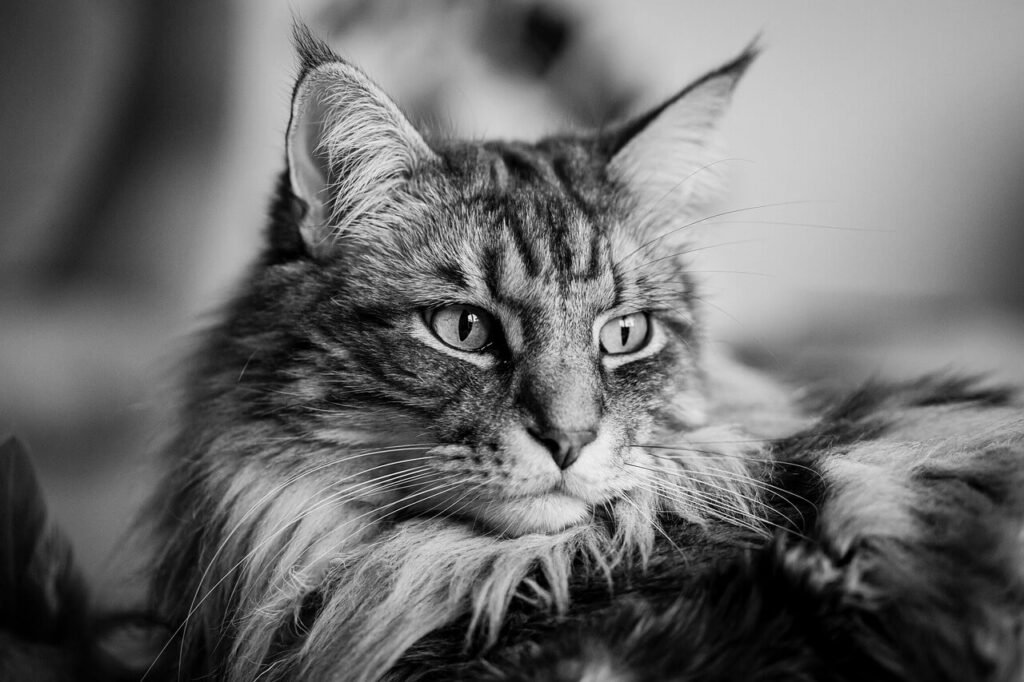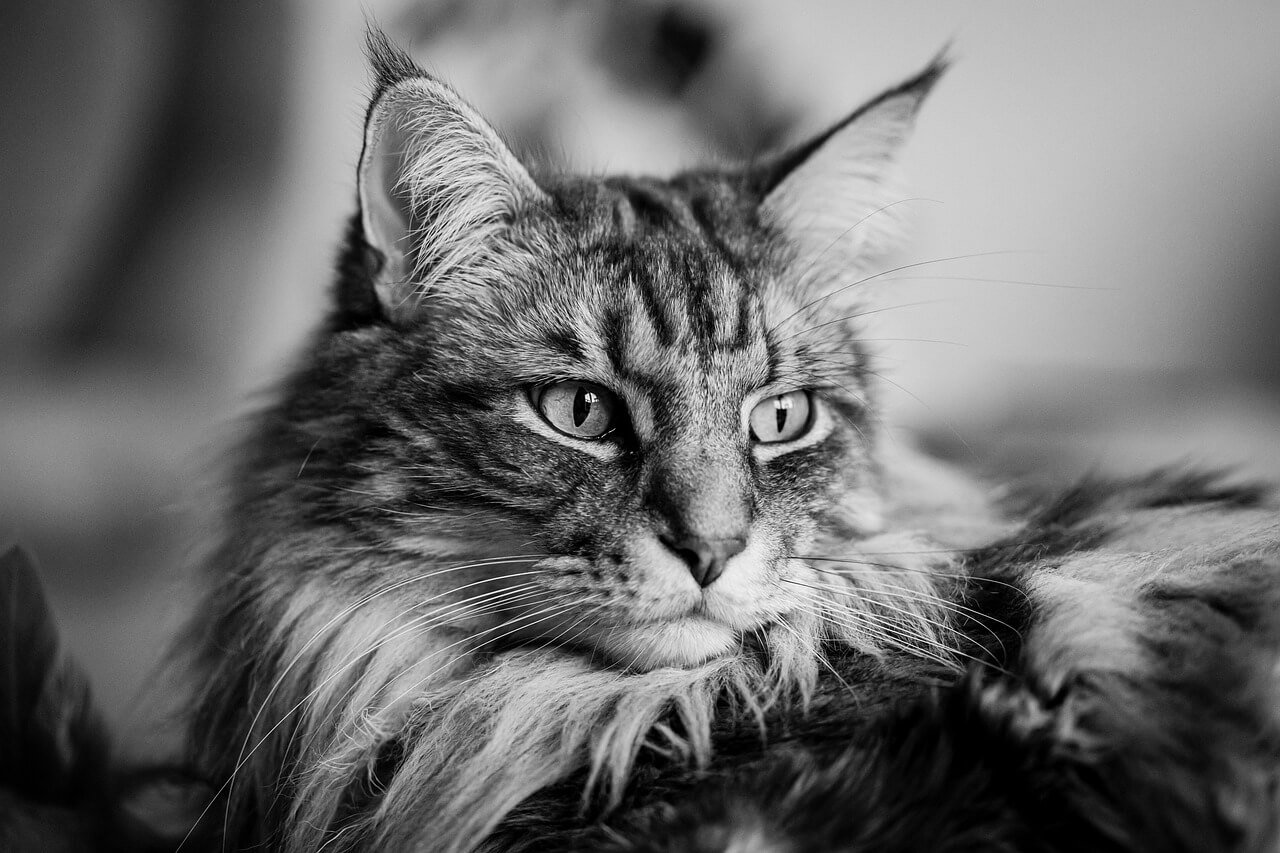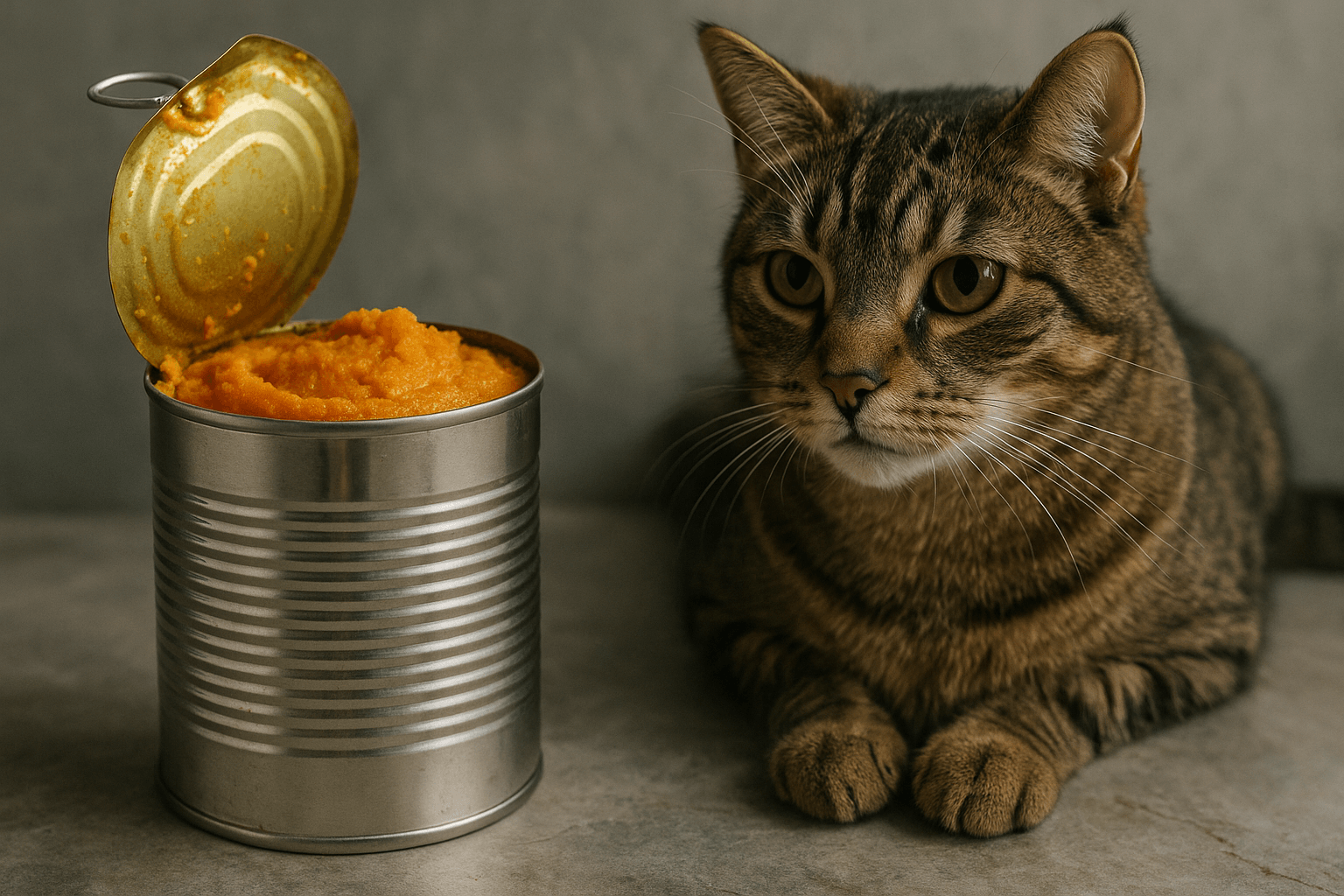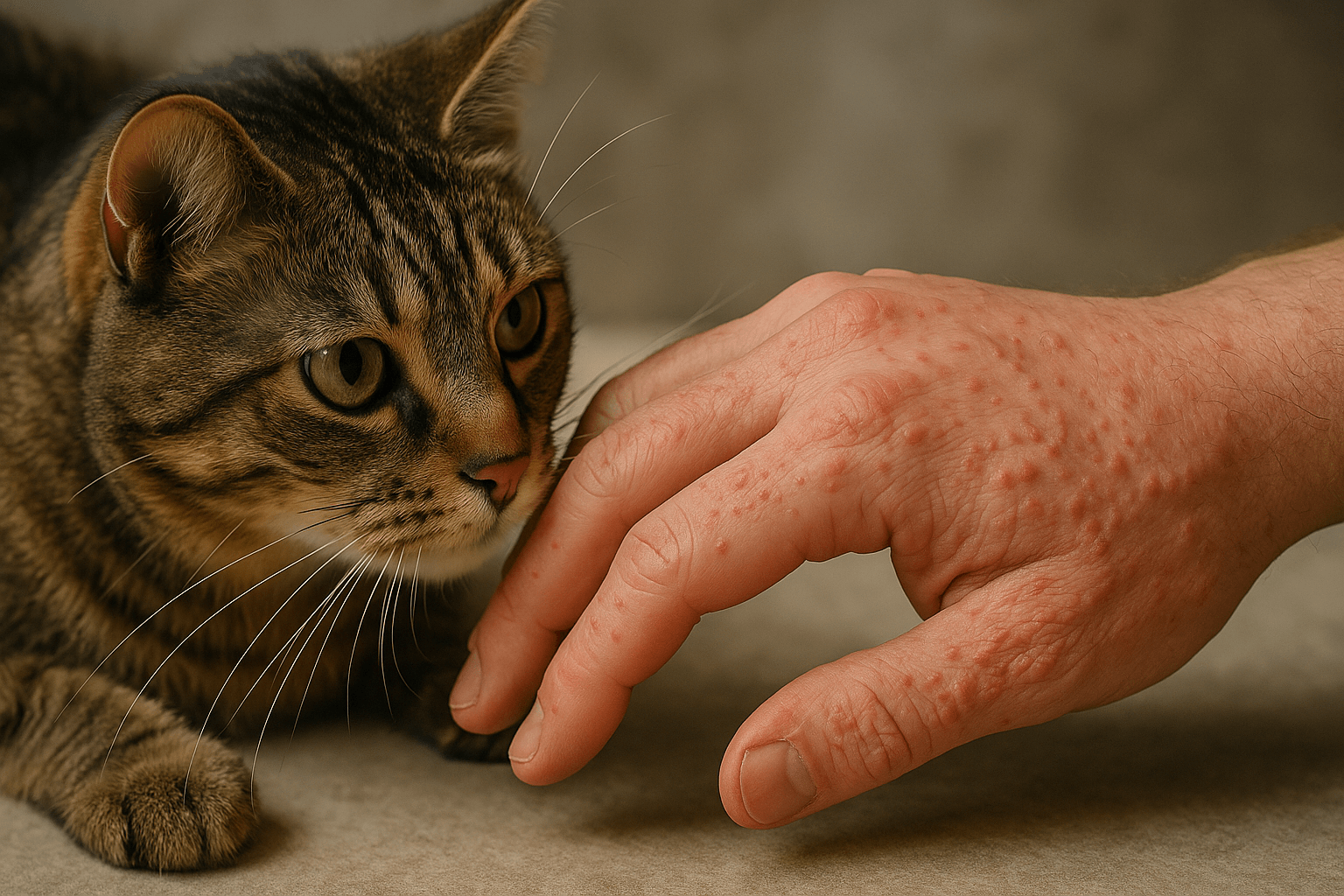How Cold Is Too Cold for Cats? Keeping Your Feline Safe and Comfortable
Cats are known for their independence and adaptability, but when it comes to temperature, they have limits. As a pet owner, understanding how cold is too cold for cats is essential to ensure their safety and well-being, especially during colder months or in chilly environments. While cats are naturally equipped with fur coats, extreme cold can still pose serious risks to their health. In this blog post, we’ll explore the effects of cold weather on cats, identify safe temperature ranges, and provide practical tips to keep your feline friend warm and happy. Whether your cat is an indoor companion or enjoys outdoor adventures, this guide will help you navigate the challenges of cold weather with confidence.
Signs That Your Cat Is Too Cold
Recognizing the signs of cold stress in cats is crucial for preventing discomfort and potential health issues. If your cat is exposed to temperatures that are too low, they may exhibit certain behaviors or physical symptoms. Here’s what to look for:
Shivering
Shivering is one of the first signs that your cat is trying to generate body heat to stay warm.Lethargy
A cat that seems unusually tired or uninterested in play may be struggling to maintain its body temperature.Hiding or Seeking Warmth
Cats often seek out warm spots, like under blankets or near heaters, when they feel cold.Cold Ears and Paws
Touching your cat’s ears and paws can give you a quick indication of whether they’re losing body heat.Changes in Appetite
Some cats may eat more in an attempt to generate extra energy to stay warm, while others may lose interest in food due to stress.
If you notice any of these signs, it’s important to take immediate action to warm your cat up and prevent further complications. Early intervention can make all the difference in keeping them safe.
Safe Temperature Ranges for Cats
Understanding the ideal temperature range for cats can help you create a comfortable environment, whether indoors or outdoors. While individual tolerance may vary based on factors like breed, age, and health, here are general guidelines:
Indoor Cats: 65–75°F (18–24°C)
Most indoor cats thrive in temperatures between 65 and 75 degrees Fahrenheit, which mimics their natural comfort zone.Outdoor Cats: Above 45°F (7°C)
Temperatures below 45 degrees Fahrenheit can become uncomfortable or dangerous for outdoor cats, especially if they lack shelter.Kittens and Senior Cats: Warmer is Better
Young kittens and older cats are more sensitive to cold and may require temperatures closer to 75°F (24°C) to stay comfortable.Hairless Breeds: Above 70°F (21°C)
Breeds like the Sphynx have little to no fur and need warmer environments to prevent hypothermia.Drafty Areas Should Be Avoided
Even if the overall temperature is safe, drafts or cold floors can lower your cat’s body temperature significantly.
By maintaining these temperature ranges, you can ensure your cat stays cozy and healthy. Remember, every cat is unique, so observe their behavior to gauge their comfort level.
Check this guide 👉Understanding Cat Cold Treatment: Best 7 Health Tips!
Check this guide 👉Can I Give My Cat My Cold? Best 7 Health Tips!
Check this guide 👉Why Are My Cats Ears Cold? Best 7 Expert Tips!

Factors Affecting Cold Tolerance | Ways to Keep Your Cat Warm |
|---|---|
Breed (e.g., long-haired vs. hairless) | Provide cozy blankets and beds |
Age (kittens and seniors are more vulnerable) | Use heated cat mats or pads |
Health conditions (e.g., arthritis) | Ensure proper nutrition for energy |
Outdoor vs. indoor lifestyle | Create insulated shelters for outdoor cats |
Humidity levels | Use humidifiers to prevent dry air |
Risks of Extreme Cold for Cats
Exposure to extreme cold can lead to serious health issues for cats, some of which can be life-threatening if not addressed promptly. Here are the potential risks associated with cold temperatures:
Hypothermia
Prolonged exposure to cold can cause a cat’s body temperature to drop dangerously low, leading to lethargy, confusion, and even organ failure.Frostbite
Extremities like ears, paws, and tails are particularly vulnerable to frostbite, which can result in tissue damage or loss.Weakened Immune System
Cold stress can compromise a cat’s immune system, making them more susceptible to infections and illnesses.Dehydration
Cold air can be drying, increasing the risk of dehydration if your cat doesn’t have access to fresh water.Behavioral Changes
Extreme cold may cause anxiety or fear, leading to changes in behavior such as aggression or withdrawal.
Understanding these risks underscores the importance of keeping your cat warm and protected during cold weather. Prevention is always better than dealing with the consequences of exposure.
Tips for Keeping Your Cat Warm in Cold Weather
Whether your cat spends time indoors or ventures outside, there are several ways to ensure they stay warm and safe during colder months. Here are some practical tips:
Provide Insulated Shelters for Outdoor Cats
If your cat goes outside, set up a small, insulated shelter with bedding to protect them from wind and snow.Use Heated Accessories Indoors
Heated cat beds or mats can provide extra warmth for indoor cats, especially those with thin fur.Keep Them Hydrated
Ensure your cat has access to fresh, room-temperature water to prevent dehydration caused by dry winter air.Limit Outdoor Time
Reduce the amount of time your cat spends outside during cold spells to minimize their exposure to harsh weather.Dress Hairless Cats in Sweaters
For breeds like the Sphynx, sweaters or coats can help retain body heat and keep them comfortable.
By implementing these strategies, you can create a warm and inviting environment for your cat, regardless of the weather outside. A little extra care goes a long way in ensuring their happiness and well-being.
Common Myths About Cats and Cold Weather
There are many misconceptions about how cats handle cold weather, which can lead to confusion among pet owners. Dispelling these myths is essential for ensuring your cat’s safety during chilly months. Here are some common myths and the truth behind them:
Myth: Cats can survive in the cold because they have fur.
While fur provides some insulation, it doesn’t make cats immune to hypothermia or frostbite in extreme conditions.Myth: Outdoor cats will find shelter on their own.
Not all outdoor cats can locate safe, insulated shelters, especially in urban areas with limited options.Myth: Cats don’t get cold if they stay active outside.
Even active cats can lose body heat quickly in freezing temperatures, especially if they’re wet or exposed to wind.Myth: Indoor cats don’t need extra warmth in winter.
Indoor cats may still feel cold if the heating is turned down or drafts are present in the home.Myth: Sweaters are uncomfortable for all cats.
While some cats dislike clothing, others, especially hairless breeds, may tolerate and even benefit from wearing sweaters.
Understanding these truths helps you make informed decisions about your cat’s care during colder months. Always prioritize their comfort and safety.
Fun Ways to Keep Your Cat Active Indoors During Winter
Winter often means less outdoor time for cats, but that doesn’t mean they can’t stay active and entertained indoors. Providing engaging activities can help keep your cat physically and mentally stimulated while staying warm. Here are some fun ideas:
Interactive Toys
Toys like feather wands or laser pointers encourage movement and play, keeping your cat active even indoors.Cat Trees and Climbing Structures
Climbing and jumping on cat trees provide exercise and satisfy your cat’s natural instincts.Puzzle Feeders
These toys challenge your cat to “hunt” for treats, stimulating their mind and encouraging activity.Window Perches
A cozy perch by the window allows your cat to watch birds and other outdoor activities, keeping them entertained.DIY Obstacle Courses
Create a simple obstacle course using boxes, tunnels, and furniture to spark curiosity and physical play.
By incorporating these activities, you can ensure your cat stays happy and healthy during the colder months. A little creativity goes a long way in keeping indoor life exciting.
Signs of Frostbite in Cats and What to Do
Frostbite is a serious condition that can occur when a cat is exposed to freezing temperatures for too long. Recognizing the signs early and knowing how to respond can make a significant difference in your cat’s recovery. Here’s what you need to know:
Pale or Bluish Skin
Affected areas, such as ears, paws, or tails, may appear pale, gray, or bluish due to restricted blood flow.Swelling or Blisters
As frostbite progresses, the skin may swell or develop blisters filled with fluid.Pain or Sensitivity
Your cat may show signs of pain or discomfort when touched in affected areas.Blackened or Dead Tissue
In severe cases, frostbitten areas may turn black as the tissue dies.Lethargy or Weakness
Frostbite is often accompanied by signs of hypothermia, such as lethargy or weakness.
If you suspect frostbite, gently warm the affected area with lukewarm water and seek immediate veterinary care. Avoid rubbing or applying direct heat, as this can cause further damage. Quick action can help prevent long-term harm and ensure your cat recovers fully.
Frequently Asked Questions About Cats and Cold Weather
What is the coldest temperature a cat can tolerate?
Most cats can tolerate temperatures down to 45°F (7°C), but prolonged exposure to colder conditions can be dangerous.
Can indoor cats get too cold?
Yes, if the indoor temperature drops significantly, indoor cats can also experience cold stress.
How can I tell if my cat has hypothermia?
Signs include shivering, lethargy, stiff muscles, and a drop in body temperature. Seek veterinary care immediately.
Are certain cat breeds more tolerant of cold?
Long-haired breeds like Maine Coons are generally more cold-tolerant than short-haired or hairless breeds.
Should I let my cat outside in winter?
It’s best to limit outdoor time in cold weather and provide a warm, safe shelter if they must go outside.
Ensuring Your Cat’s Comfort in Cold Weather
Caring for a cat during cold weather requires attentiveness and a proactive approach to their needs. By understanding how cold is too cold for cats and taking steps to keep them warm, you can ensure their safety and happiness throughout the year. Whether it’s providing cozy blankets, limiting outdoor exposure, or monitoring their behavior for signs of discomfort, every effort counts. Remember, your cat relies on you to create a safe and nurturing environment, especially when the temperature drops. With love and care, you can help your feline companion thrive, no matter the season.
Canned Pumpkin for Cat Diarrhea: Best 7 Expert Tips! Natural remedy to firm stools, soothe upset bellies, and support gut health safely.
Can a Cat Give You Scabies? Best 7 Expert Tips! Discover the truth about feline mites, human skin risks, and how to protect yourself—without panic.
Cat Flea vs Human Flea: Best 7 Expert Tips! Discover the truth about bites, species, and how to eliminate infestations for good.
Weird Cat Behaviors: Best 7 Expert Tips! Discover why cats do strange things—and how to understand, not punish, their instincts for a happier home.





